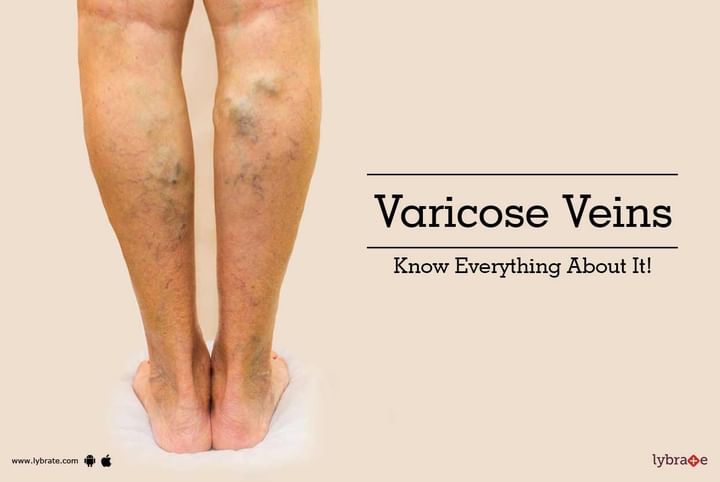Varicose Veins - Know Everything About It!
Blood circulation happens through two sets of blood vessels. The arteries carry pure oxygenated blood from the heart to the various parts of the body. The veins carry impure, deoxygenated blood from the various body parts to the heart. Blood movement is controlled by opening and closing of valves. The farther the veins are from the heart, the more pressure it has to exert to reach the heart. Also, in a person who is standing for prolonged periods of time, the blood flow has to happen against gravity, which is again not easy. Over a period of time, these vessels could get twisted, swollen, and engorged. These are known as varicose veins and are common in the calf area.
Causes: The exact causes are not known, but it is believed to be due to
- Defective or damaged valves, which are not able to control blood flow
- Vein walls could be thin, leading to improper flow of blood
Symptoms:
- The most obvious symptom is the blue, swollen leg veins which appear ropy and thin.
- With prolonged standing, leg pain and tenderness.
- Night cramps in the legs.
- Itching and heaviness in the legs.
- Bleeding if varicose veins are severe.
- Skin changes including scaling, dryness, and color changes.
Risk factors: Though causes are not known, risk factors are identified.
- Prolonged standing: People whose jobs/occupation require standing for prolonged duration
- Obesity – Weight definitely has a role to play
- Family history
- Age, which causes the veins to lose elasticity and turn rigid, affecting smooth blood flow
- Trauma or surgery involving the leg veins
- Smoking, strongly increases the risk
Diagnosis:
- Quite easy to diagnose clinically based on appearance
- Further testing including Doppler, scanning, and MRI may be rarely required
Prevention/Treatment:
- During long working hours, take short breaks to elevate the legs.
- During long journeys, take a break to improve circulation.
- Weight management, as being overweight is a big risk factor.
- Avoiding alcohol, which leads to venous dilation.
- Quit smoking.
- In people with circulation issues, compression stocking (Ted hose or Jobst stocking) can improve circulation. They are also useful in controlling pain and are frequently used in varicose vein treatment.
- Avoid sitting cross-legged, which helps by reducing constant pressure on the vein valves.
- Avoid tight clothing around the knees/legs as they pressure on the veins and/or valves.
- Regular exercise regimen like walking helps improve blood flow.
- In very severe cases, surgical treatment options are available including sclerotherapy, laser treatment, and vein stripping. If you wish to discuss about any specific problem, you can ask a free question.



+1.svg)
